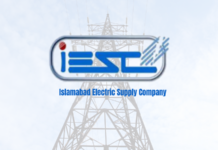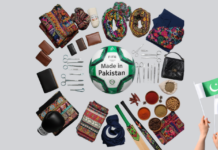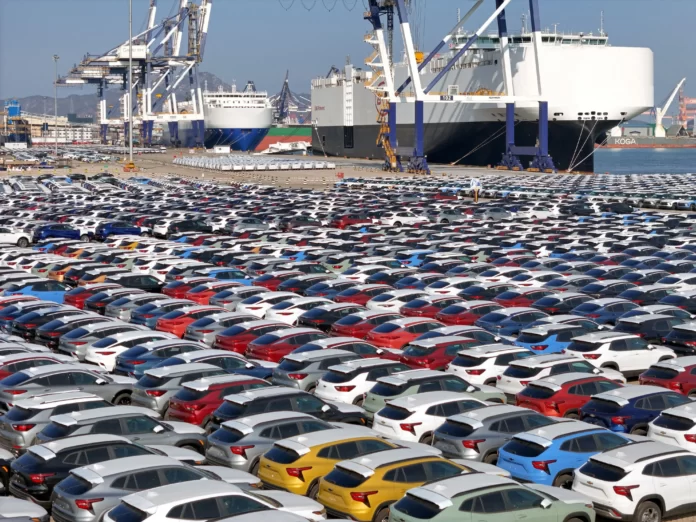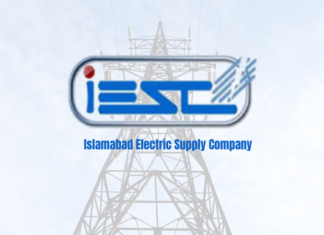Pakistan’s Economic Coordination Committee (ECC) has approved the commercial import of used cars under commitments made with the International Monetary Fund, but consumers are unlikely to benefit immediately as a 40 percent regulatory duty will keep prices high.
Chaired virtually by Finance Minister Muhammad Aurangzeb, the ECC decided that only vehicles less than five years old can be imported until June 30, 2026. The age cap will be lifted thereafter, and the duty — aimed at protecting domestic assemblers — will be reduced by 10 percent each year starting in 2026 before being fully phased out in fiscal year 2029–30. Imports will also have to comply with safety and environmental standards.
Currently, Pakistan does not permit commercial imports of passenger cars, with demand partly met through schemes such as transfer of residence, baggage, or gifts. These channels supply only about one-fourth of the market, but many buyers still prefer slightly damaged imported vehicles to expensive new local models.
The policy shift stems from IMF conditions requiring Pakistan to open commercial imports of cars up to five years old from September 2025 and remove all restrictions by July 2026. Over time, imports of six- to eight-year-old vehicles will also be allowed.
Local carmakers and parts suppliers, represented by the Pakistan Automotive Manufacturers Association and the Pakistan Association of Automotive Parts and Accessories Manufacturers, had lobbied against the move, presenting their objections before Senate committees. They argue that high domestic taxes — between 30 and 61 percent of a car’s price — already make locally assembled vehicles costly, and that liberalisation alone will not ease affordability.
In an unexpected turn, however, some assemblers now see the new import regime as more viable than manufacturing. A Japanese executive from Pak-Suzuki Motors acknowledged that local production is expensive and labor-intensive, making direct imports and resale comparatively more attractive.
























